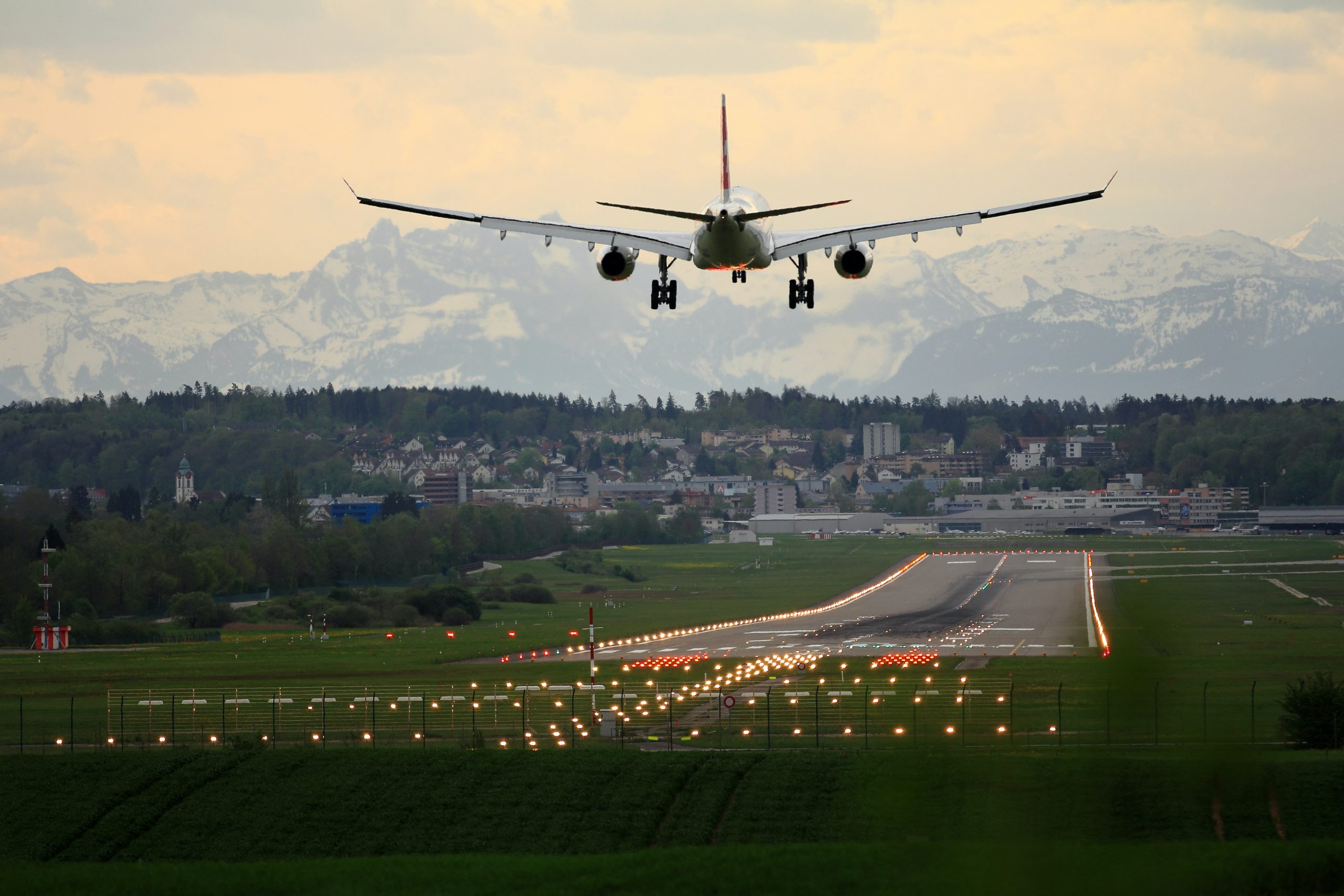Lebanon has been a country plagued by political instability, economic struggles, and social unrest for years. However, recent headlines suggest that the government is finally taking steps towards progress by announcing plans to build a new airport in the country. But what led to this sudden change of heart? In this blog post, we’ll explore the events and circumstances that have brought Lebanon to reconsider its stance on building a modern airport and how it could impact the nation’s future development. So buckle up and get ready for an exciting ride!
The History of the Lebanese Airport Debate
In the early 2000s, Lebanon was in the midst of a political crisis. The country was divided between two rival blocs, and although the conflict had been simmering for years, it came to a head in 2002 when Hezbollah militants clash with government forces near Beirut airport. The conflict quickly escalated into a full-blown war that lasted for over a decade.
As part of its efforts to quell the civil war, the international community began pushing Lebanon to build a new airport. The project would be expensive – estimated at $5 billion – but it was seen as vitally important by both sides in the conflict. In 2007, after years of negotiations, Beirut finally agreed to build a new airport. But there was one big problem: no one knew where to build it.
Lebanon’s geography is complex and mountainous, making it difficult to locate an airport that would meet all of the necessary requirements. It’s also hard to access certain parts of the country because of its proximity to Syria and Israel. Finally, there are environmental concerns: building an airport in Lebanon would require removing significant amounts of vegetation and disturbing underground water supplies
The Conditions that Led to Lebanon’s Change of Heart
Lebanon’s Central Airport, located in the south of the country and closed for nearly a decade, has been a source of political tension and economic stagnation. Lebanon was one of several countries that refused to ratify the 2003 Convention on International Civil Aviation, which aimed to open up airports for global trade.
In 2013, international pressure mounted as carriers threatened to suspend flights to and from Beirut airport unless it was reopened. The Lebanese government eventually relented and agreed to reopen the airport for limited commercial use.
The new airport has breathed new life into the southern region of Lebanon, which had been struggling economically since the end of the war in 2006. Flights are now being operated from Beirut airport not only by local airlines but also by international carriers such as Emirates and Qatar Airways. In addition, hotels have sprung up near the airport, catering to both passengers arriving for aviation-related meetings or events and those travelling on holiday.
The Impact of the Decision on Lebanon
Lebanon’s decision to build a new airport has been met with mixed reactions. Some see it as a welcomed development, while others worry that it will divert resources away from other needs.
The impetus for the change of heart came after the closure of Beirut’s Rafik Hariri International Airport in September 2014. The closure was blamed on chronic underinvestment and years of conflict, and it left Lebanon without an international airport.
Lebanon’s government hoped that building a new airport would provide much-needed relief and bring tourists back to the country. Construction began in 2017 and is expected to be completed in 2020.
Some argue that the money spent on the new airport could have been better used elsewhere, such as upgrading infrastructure or providing more jobs. Others say that the new airport is desperately needed and will revitalize Lebanon’s economy. It remains to be seen how much impact the new airport will have on Lebanon’s long-term stability.
What Lies Ahead for the Airport Project in Lebanon?
Lebanon’s government had been planning to build a new airport for years, but the project suddenly took on a new urgency in 2016. That’s when Syrian refugees started pouring into Lebanon, overwhelming the country’s capacity to accommodate them. The influx of refugees has led to protests and social unrest, and politicians were pressured to find a solution.
A team from the Lebanese civil engineering firm TDA was sent to Qatar to study the construction of airports there. They came back with designs for a $3 billion airport that would be built near Beirut. But as soon as the plans were made public, they faced opposition from residents who feared increased traffic and noise.
Local politicians decided to scrap the plan and instead work on finding an existing site for the airport. In March 2017, they announced they had found an abandoned military base just outside Beirut that could be used for the project. But even this location is drawing criticism from some people who say it would disrupt residential areas nearby..




